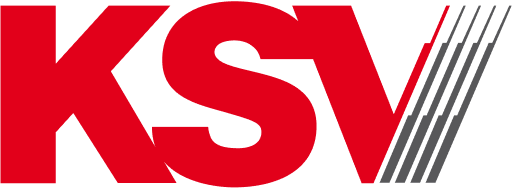Norms and technical standards
 National and international standards
National and international standardsAs generally voluntary agreements, standards serve to define criteria for products, services and processes.
However, standards only become binding through specific reference and then guarantee that products and services are suitable, comparable and compatible for the intended purpose.
Standards also play an important role in warranty, liability and compensation issues.
They therefore form a central basis for legal certainty and assume a “mediating role” between technology, law and business.
Standards also form the basis for many conformity and quality marks.
Standards relevant to switchgear construction include DIN EN IEC 61439 – Low-voltage switchgear and controlgear assemblies DIN EN 61439 is the central standard for the design and manufacture of switchgear and controlgear for the European market and specifies the safety requirements for the protection of persons and systems.
DIN EN 60204 – Electrical equipment of machines DIN EN 60204 defines general specifications and recommendations for the safety, functionality and maintenance of the electrical equipment of machines.
EN 13849 – Safety of machinery EN 13849 is a safety-specific standard that defines guidelines for the design of safety-related parts of machine control systems.
Part 1 of the standard defines the general design principles, while part 2 of the standard describes the validation.
For us as a switchgear manufacturer, it goes without saying that we design and manufacture our switchgear in accordance with the normative requirements of the relevant standards for the individual switchgear.
We demonstrate this by means of corresponding test protocols, e.g.
The protocol for piece verification (piece test protocol) in accordance with DIN EN 61439 or through corresponding declarations of conformity.
CE marking
- Harmonized directivesThe purpose of the harmonized directives is to ensure a uniform and high level of protection throughout Europe for electrical equipment with regard to the health and safety of people, pets, livestock and property.
The manufacturer and/or distributor is responsible for compliance with the directive.
Harmonized directives relevant to switchgear construction and their transposition into national law include Directive 2014/35/EU (Low Voltage Directive) The Low Voltage Directive applies, with a few exceptions, to all electrical equipment intended for use at a rated voltage between 50 and 1000 V AC and/or between 75 and 1500 V DC.
In Germany, the Low Voltage Directive has been transposed into national law by the Product Safety Act (ProdSG). Directive 2006/42/EC (Machinery Directive) The purpose of the Machinery Directive is to define a uniform EU-wide level of protection for the prevention of accidents involving machinery and partly completed machinery.
In Germany, the Machinery Directive has also been transposed into national law via the Product Safety Act (ProdSG). Directive 2014/30/EU (Electromagnetic Compatibility) The EMC Directive specifies how electromagnetic compatibility must be ensured.
With a few exceptions, this directive applies to all devices or fixed installations that can cause electromagnetic interference or whose operation can be impaired by electromagnetic interference. Directive 2014/34/EU (ATEX Directive) The main purpose of this directive is to protect people who work in potentially explosive atmospheres or who could be affected by explosions.
Accordingly, this directive specifies requirements for devices and fixed installations that are operated in corresponding potentially explosive atmospheres.
As a renowned switchgear manufacturer, we naturally take the requirements of the relevant directive(s) into account throughout our entire value creation process and provide proof of compliance in the form of a declaration of conformity.
In addition, we provide all switchgear with a CE mark.


